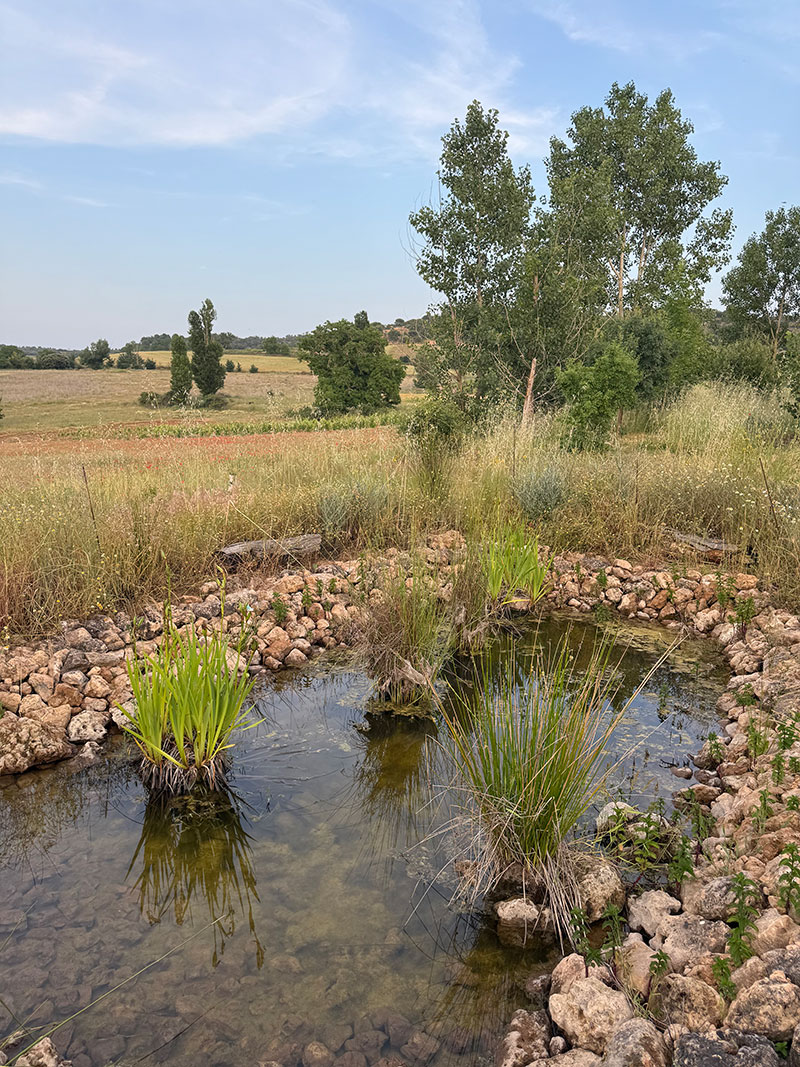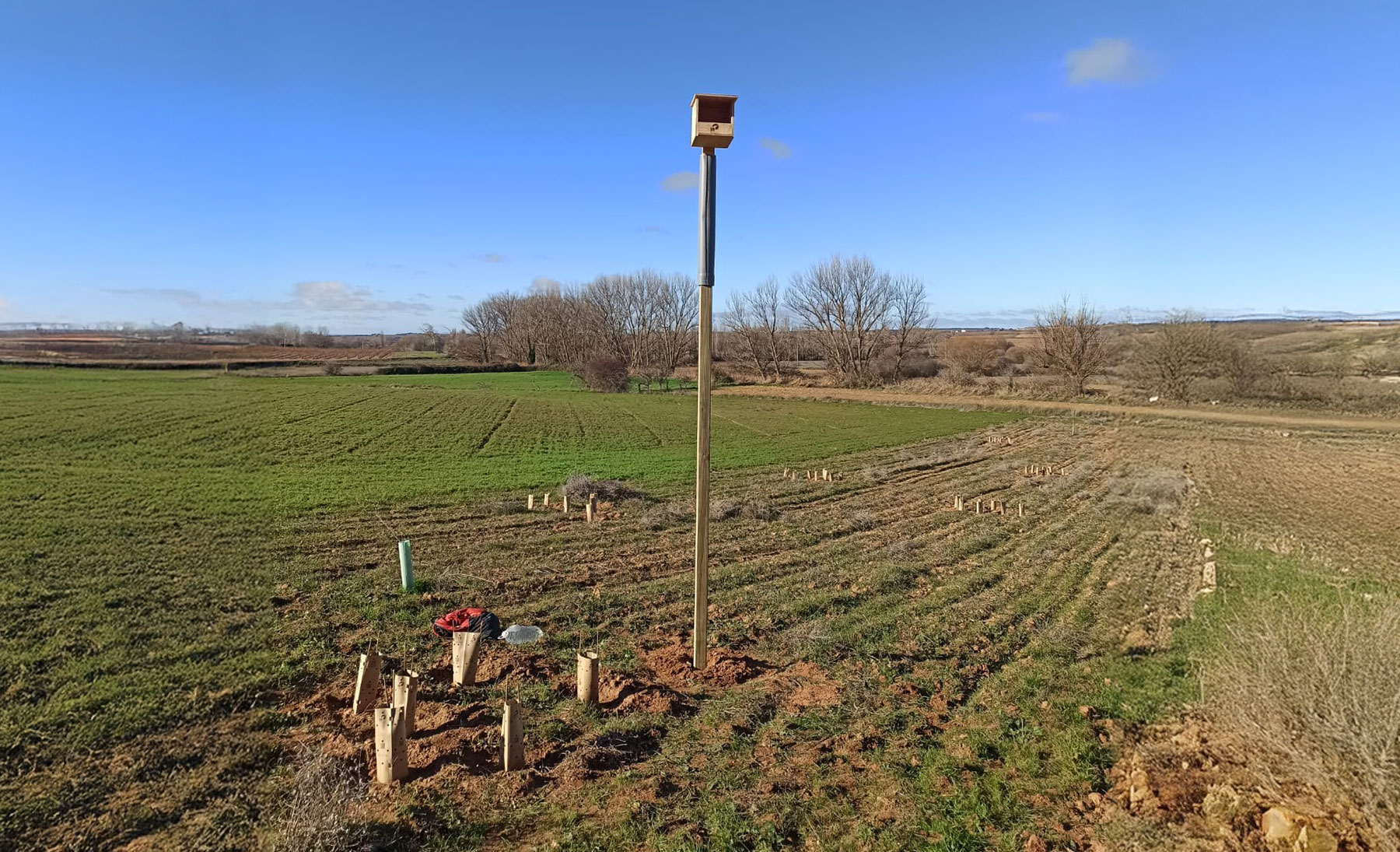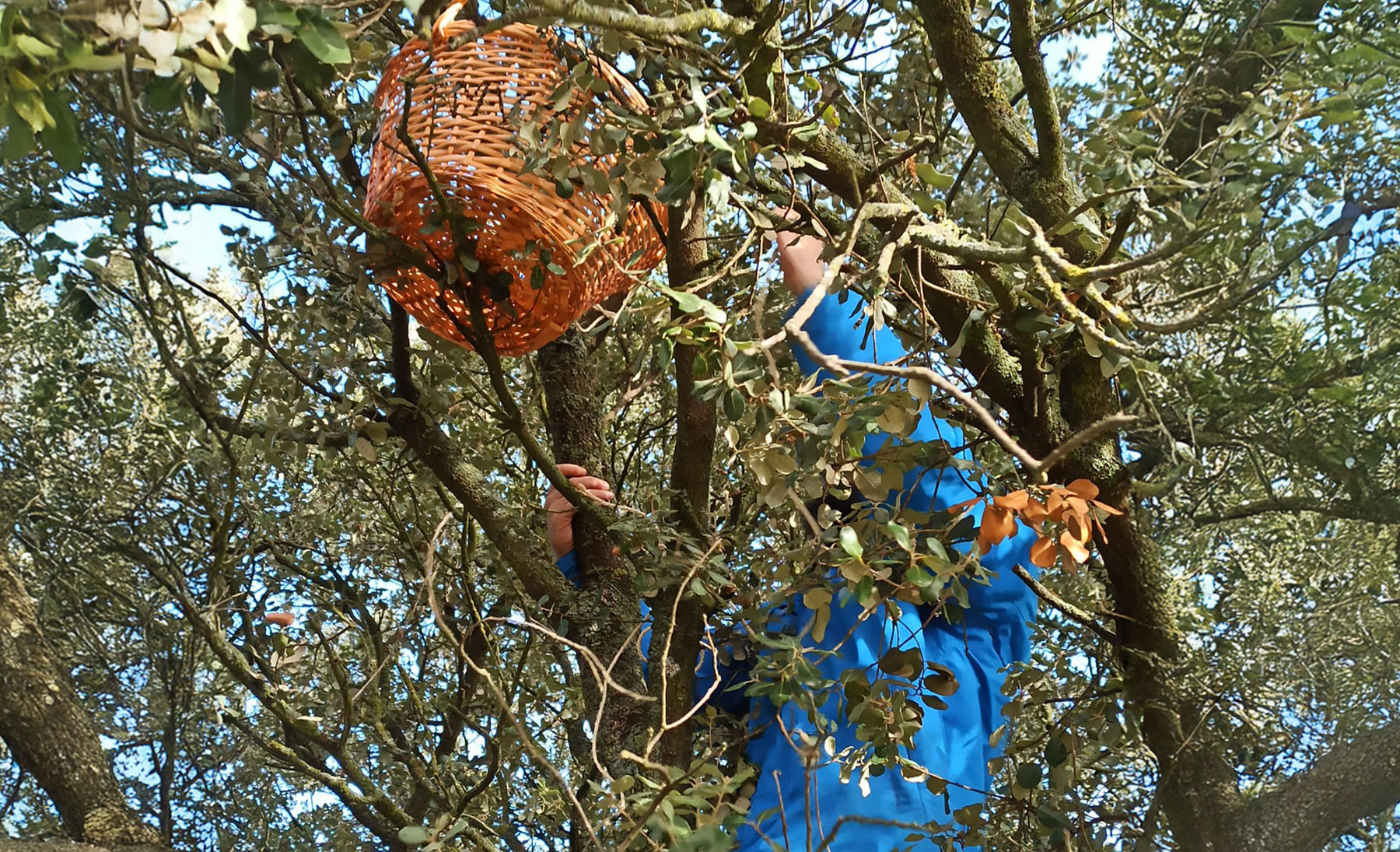Respect for the Environment and the Viticulture of the Future
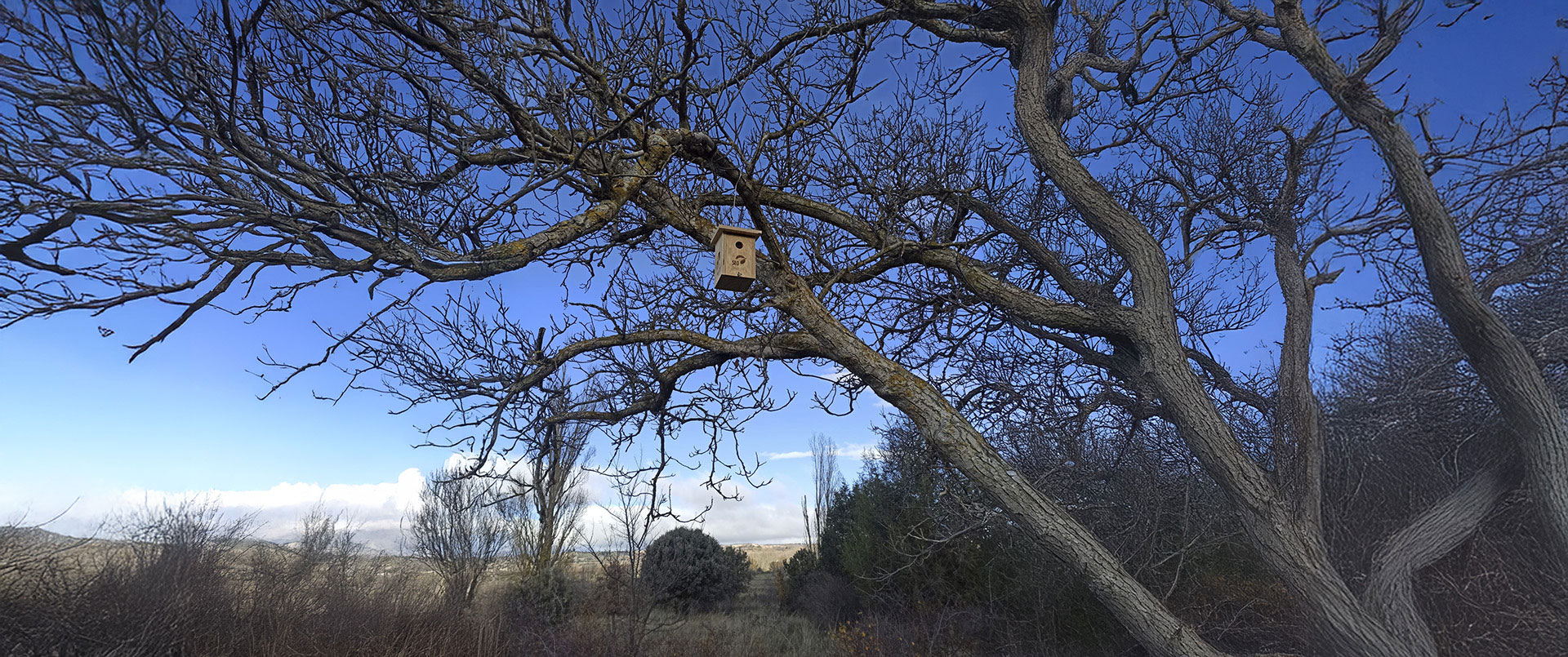
Rooted in our core values, respect and love for nature, we practice a form of viticulture that coexists harmoniously with the beautiful landscape around us.
In the Gromejón Valley, at the foot of the village of La Aguilera, stretches a landscape that is much more than the place where our vines grow: it’s a mosaic of life and memory. Here, cereal fields and vineyards share space with the riverbanks lined with poplars, Mediterranean shrubs, and small wetlands that shelter amphibians, birds, and pollinators. It’s a place where you can still hear the song of the red kite, spot the silhouette of the Egyptian vulture, or be amazed by the majestic flight of griffon vultures, emblematic and often endangered species whose future depends on the preservation of landscapes like this one.
Working and walking through our vineyards is a true pleasure for the senses, where the rhythm of nature guides our work on the land. In summer, we welcome the migratory birds, including the beautiful bee-eaters that nest on the slopes of our plots, while the mating calls of booted eagles set the soundtrack for the harvest season.
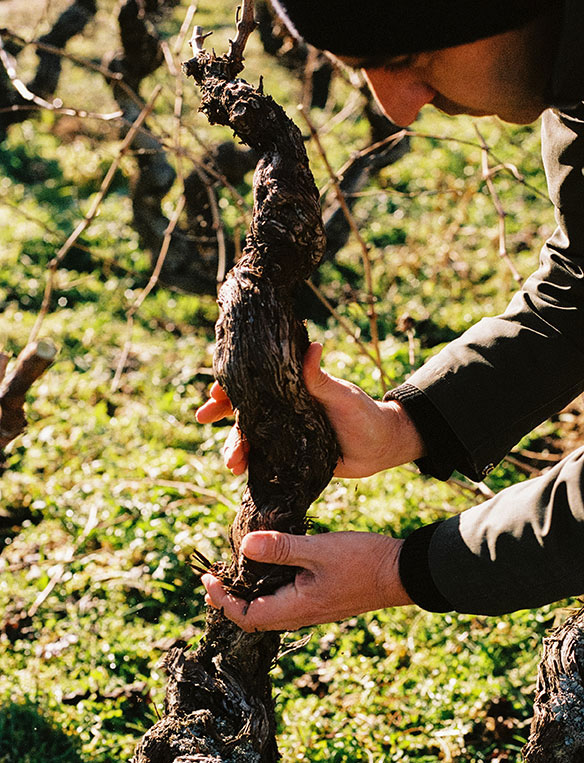
The Gromejón Valley is not only a sanctuary of life and biodiversity, but it also carries centuries of history and culture. From the Vacceans and Romans, who first cultivated these fertile lands, to the monks and farmers of the Middle Ages who built underground wineries and monasteries such as San Pedro Regalado, each generation has left its mark on this landscape.
The small vineyards, stone huts, threshing floors, and traditional wine presses tell stories of lives deeply rooted in vine, grain, and livestock, a world where nature and human labor have always walked hand in hand. For us at Magna Vides, protecting this ethnographic heritage is as important as preserving biodiversity: both are part of the same legacy we wish to safeguard and pass on, with pride, continuing to write this story in harmony with the land.
This is a historic area of vineyard cultivation, shaped by generations of patient hands who molded the landscape with respect and effort, a truly special and privileged environment considered a jewel within Ribera del Duero.
Biodiversity also plays a vital role in vineyards surrounded by forest, stone, and aromatic plants such as thyme, rosemary, and lavender, all of which subtly influence the grapes and the wine itself. Guided by our ethics and philosophy, we take specific actions to protect the biodiversity surrounding our vines.
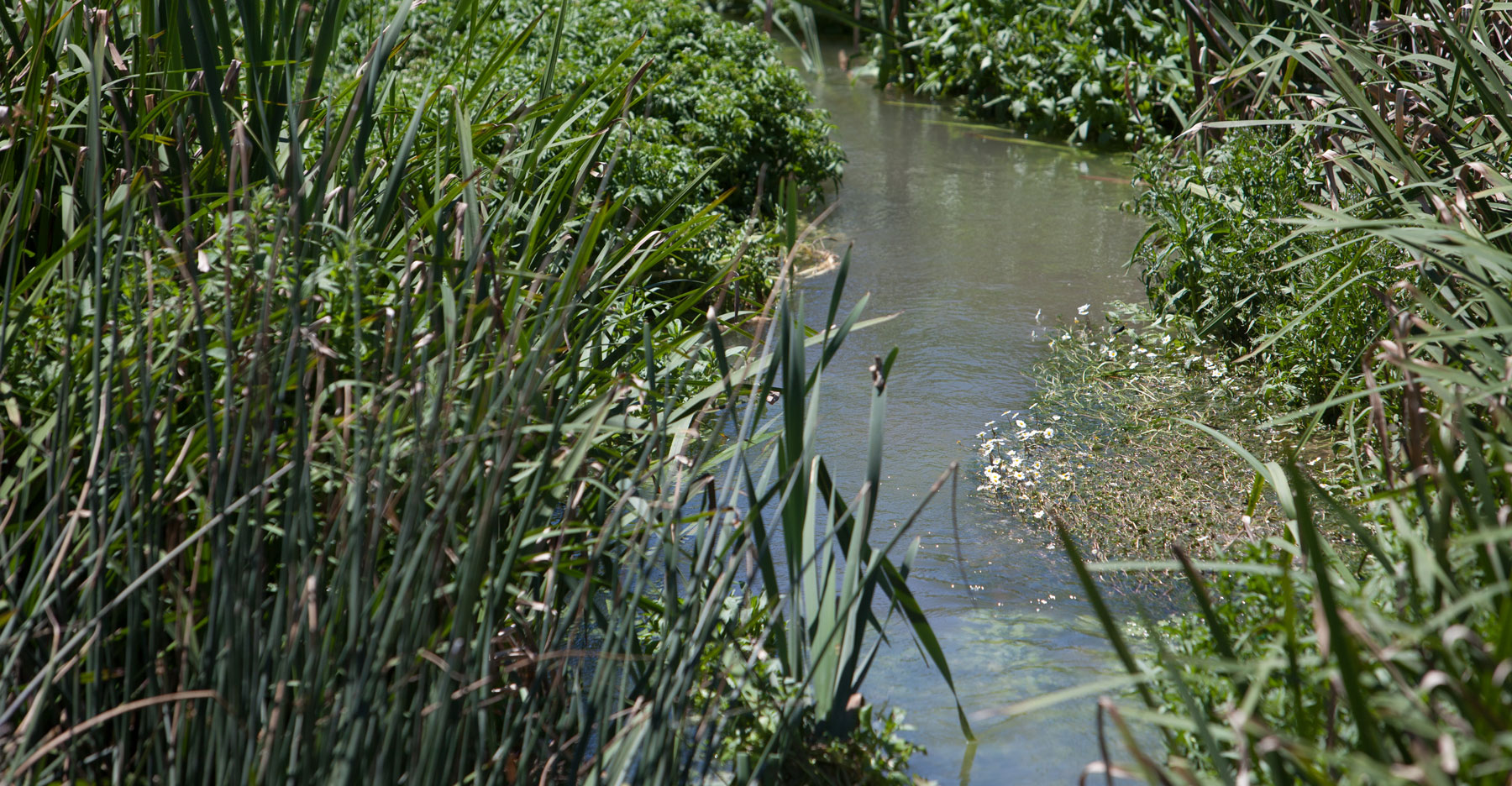
We practice minimal soil intervention, plowing only when necessary to protect this valuable and limited resource. We minimize the use of fertilizers, employing 100% organic products, complemented by cover crops and the reuse of pruning remains that we mulch and return to the soil.
We clear vegetation thoughtfully, preserving native shrubs and herbaceous plants that bring beautiful colors to our vineyards in spring. The use of pesticides is minimal, as we prefer to see our vines teeming with insects, many of which are essential pollinators.
And while many growers have turned to irrigation to cope with increasingly harsh summers and recurring droughts, we believe in alternative approaches such as contour and Key Line planting rather than the usual top-down layout. This system ensures that water reaches all parts of the vineyard, prevents erosion at higher levels, and protects fertile soil. We tested it on a steep, barren, and eroded slope, and today it’s a joy to see grass and flowers returning each spring.
The only limitation of this method is that it’s not suitable for mechanized vineyards, and most of ours are traditionally bush-trained and dry-farmed. We also follow the wisdom of our ancestors to fight drought: narrower rows and greater spacing between vines, giving each plant more room and reducing root competition.
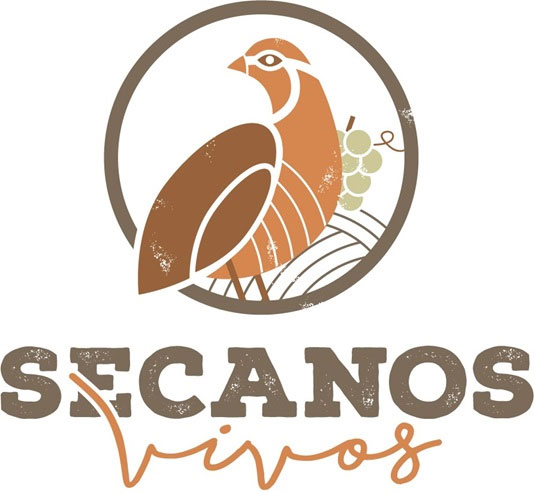
Since 2023, we have been working with SEO BirdLife on the Secanos Vivos project, born from a simple but powerful idea: to prove that dryland farming can have a future when it works hand in hand with nature.
Where many see a model at risk of disappearing, this project offers a new perspective: transforming the vineyard into a living ecosystem, resilient to climate change and capable of generating added value through biodiversity. Each grape cultivated in harmony with birds, insects, and wild plants becomes a symbol of sustainable development and hope for rural areas threatened by depopulation.
This path is guided not by chance but by science and sound agro-environmental practices. Nature-based solutions, backed by research teams, allow the services it provides (fertile soil, pollination, and natural pest control) to translate into profitability and higher market value. These innovative approaches create green jobs and keep local economies alive.
Within this project, we’ve carried out specific actions on our estates:
- Installation of nesting boxes for passerines (redstarts, white wagtails), raptors, and bats, as well as baskets for long-eared owls.
- Creation of two ponds, which serve as habitats and breeding grounds for amphibians such as the natterjack toad, and as natural carbon sinks.
- Building of stone embankments to provide shelter for reptiles, insects, and other fauna.
- Installation of insect hotels.
The real impact of all these actions is measured through wildlife monitoring in our vineyards, and seeing each occupied nesting box fills us with immense joy and pride.
Moreover, the benefits of Secanos Vivos go beyond the field. It strengthens the bond between those who cultivate the land and those who enjoy its fruits, promoting short supply chains. It’s a commitment that combines emotion and rigor: caring for the land, protecting its life, and proving that sustainability and the future can walk together.





